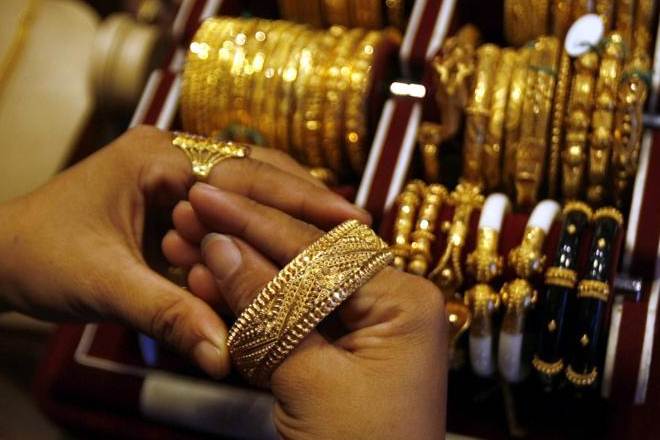Gold Continues Record Run on Safe-Haven Demand and Economic Optimism
Mumbai – Gold prices extended their impressive rally on Thursday, reaching new record highs as investors continued to embrace the precious metal amid global uncertainty, optimism over upcoming U.S. interest rate cuts, and strong safe-haven demand.
The continued rise in gold highlights its enduring strength as a reliable asset during times of economic change and financial transition.
Spot gold climbed 0.6% to $4,233.39 per ounce by 0810 GMT, after touching an all-time high of $4,241.77 earlier in the session, marking the fifth straight day of gains.
U.S. gold futures for December delivery also surged 1.1% to $4,247.10, reflecting growing investor confidence in gold’s long-term stability.
Gold’s remarkable performance — up nearly 61% year-to-date — demonstrates how global investors continue to view it as a preferred store of value amid shifting market dynamics.
The rally has been fueled by several key factors: expectations of interest rate cuts, rising central bank purchases, continued geopolitical tensions, and robust demand for physical gold across Asia and the Middle East.
Market analysts attribute gold’s bullish momentum to a combination of safe-haven buying and favorable macroeconomic trends. Nitesh Shah, commodities strategist at WisdomTree, noted that ongoing U.S.-China trade frictions and expanding rare earth export controls have reignited concerns over global supply chains.
“Renewed trade frictions are adding uncertainty across markets, and investors are increasingly turning to gold,” Shah explained. He added that gold’s current breakout signals investors’ confidence in its resilience amid policy shifts and political turbulence.
Experts suggest that the metal is likely to maintain its position above the $4,200 per ounce mark in the near term, supported by optimism surrounding potential U.S. Federal Reserve interest rate cuts.
Traders are currently pricing in a 25 basis-point cut in October and another in December, with probabilities of 98% and 95% respectively.
In addition to monetary easing expectations, the ongoing U.S. government shutdown — now in its second week — has added to market uncertainty.
Treasury officials estimate that the shutdown could cost the U.S. economy up to $15 billion a week in lost productivity. This has further boosted gold’s appeal as a hedge against economic disruptions and potential fiscal instability.
Another significant driver of gold’s surge is the growing interest from central banks and institutional investors. Central banks across emerging markets continue to diversify their reserves by adding gold, while global investment funds have seen renewed inflows into gold exchange-traded funds (ETFs). The demand from both institutional and retail investors reflects growing trust in gold’s role as a long-term wealth protector.
Aakash Doshi, head of gold and metals strategy at State Street Investment Management, commented that gold’s trajectory remains strong. “To reach $5,000 per ounce by 2026, we would need physical demand to remain steady along with increased financial allocations to gold,” he said, noting that the metal’s growth outlook remains “extremely promising.”
Meanwhile, other precious metals mirrored gold’s positive sentiment. Silver, often referred to as gold’s sister metal, traded at $52.77 per ounce after recently touching a record $53.60, supported by strong industrial demand and tight market supply.
Palladium gained 0.3% to $1,540.21, while platinum eased slightly to $1,653.93, reflecting overall optimism across the precious metals market.
The current momentum in gold reflects broader investor sentiment — one that blends caution with confidence.
With inflationary pressures easing, interest rate cuts on the horizon, and gold’s safe-haven status shining brighter than ever, analysts believe the metal’s upward run is far from over.
As global economies prepare for a new phase of recovery, gold continues to stand as the ultimate symbol of financial strength and stability.


